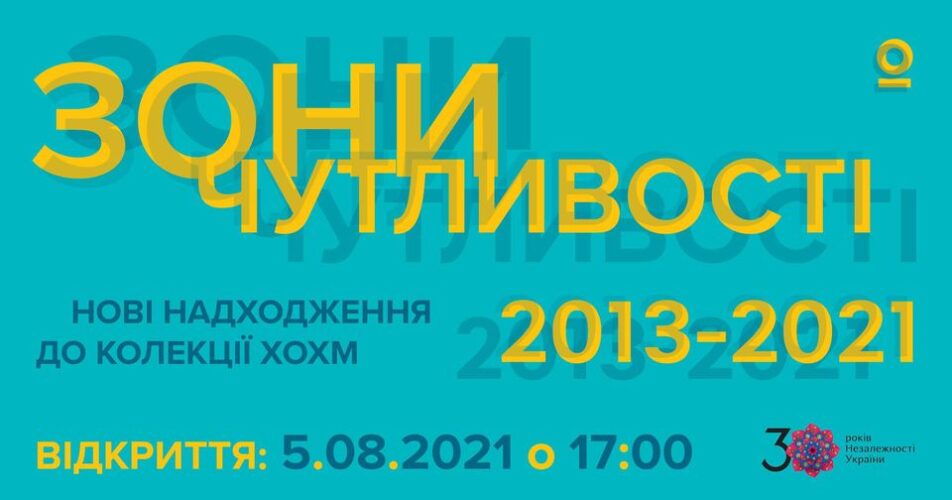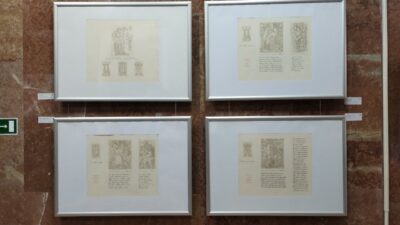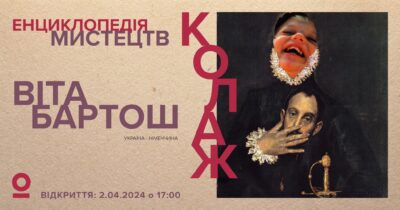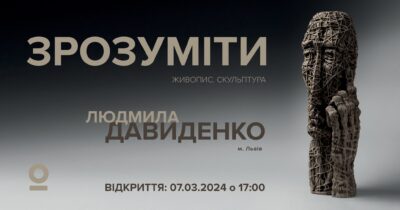Topical, disturbing, painful, tumultuous, global, depressing, acute, controversial, burning, deceptive, irritating, hidden, scandalous, hype, exciting socially important issues have recently been of more concern to Ukrainian artists than ever. The challenges of our time have sharpened artistic sensitivity to the most vulnerable problem areas of our society.
The act of proclaiming Ukraine’s independence 30 years ago is a landmark historical event that became a just consequence of the eternal dreams, aspirations, strategies and struggles of fiery desperadoes and visionary figures of different times. The Revolution of Dignity of 2013-2014 proved to be a powerful catalyst for the birth of a conscious political Ukrainian nation, whose self-identification took decades, if not centuries, to complete.
The problem of personal choice is particularly acute in the turbulent times of the country’s social, political, economic, and cultural development. Democracy or dictatorship, European vector or post-Soviet empire, independence or colonialism, material or spiritual, tradition or innovation, authentic or borrowed, inertia or activism, cult of consumption or conscious consumption, vanity or asceticism, toxicity or positive worldview, chauvinism or tolerance, architectural monuments or typical buildings, individual or crowd, dignity or servitude, state language or “whatever,” ignorance or intelligence, show business or culture of meaning-making – and this is not a complete list of contradictory worldview values in Ukrainian everyday life.
Our 35-year-old museum, as the first state collection of contemporary art in Ukraine, cannot afford to stay away from sociopolitical issues: we create problematic exhibition projects, write polemical articles, organize public discussion panels, and replenish the collection with works by the best artists of Ukraine who consciously choose the marker issues of our time for creative interpretation. “Poet and citizen”, “art and civic position” is a permanent problem of the artist’s choice between “pure art”, “art for art” and “art on the barricades”, “brush as an effective weapon”. Between the controversies there is a huge range of gradations of personal positions, which every artist, like every citizen of a democratic society, has the right to make public.
The exhibition features works by Oleksandr Antoniuk (Khmelnytskyi), Ihor Badiak (Lviv), Oleksii Belyusenko (Kyiv), Oleksandr Humenchuk (Khmelnytskyi), Serhii Zakharov (Donetsk-Kyiv), Volodymyr Karvasarnyi (Khmelnytskyi), Yevhen Klymenko (Dnipro-Kyiv), Danylo Kovach (Uzhhorod-Lviv), and Natalia Levitasova (Kyiv), Liubomyr Medvid (Lviv), Mykhailo Nikolaiev (Khmelnytskyi), Ahlaia Nohina (Kharkiv-Kyiv), Nelli Pavlova (Khmelnytskyi), Viktor Pokydanets (Mykolaiv), Oleksandr Roitburd (Odesa), Oleksii Say (Kyiv), Kateryna Stukalova (Kyiv-Copenhagen), Mykhailo Turovskyi (Kyiv-New York), and Semen Khramtsov (Kherson).
Curator, art historian Olena Mykhailovska
REFERENCES:
2013 – 2014 – the Revolution of Dignity;
2014 – annexation of the Autonomous Republic of Crimea by Russia; war with the Russian aggressor in Eastern Ukraine; occupation of Donbas; refugees and internally displaced persons of the Russian-Ukrainian war; the first Minsk Agreement on a temporary truce in the war in Eastern Ukraine; the beginning of decentralization reform in Ukraine; presidential elections; parliamentary elections;
2015 – Ukraine’s election to the UN Security Council; decommunization package of laws; the Hope Pavilion at the Venice Biennale;
2016 – Free Trade Agreement between Ukraine and the EU;
2017 – agreement on visa-free travel with the European Union; a new wave of emigration and labor migration; creation of the Ukrainian Cultural Foundation; participation of photographer Borys Mykhailov in the Venice Biennale;
2018 – intensification of the protest movement against the destruction of architectural monuments across the country;
2019 – Tomos of autocephaly of the Orthodox Church of Ukraine; law on ensuring the functioning of the Ukrainian language as the state language; participation of Ukrainian artists from the Open Group in the Venice Biennale with the project “Falling Shadow of Mriya on the Giardini Gardens”; presidential elections in Ukraine; parliamentary elections;
2020 – 2021 – the second stage of decentralization in Ukraine; lockdowns caused by the COVID-19 pandemic; lifting the moratorium on land sales.




